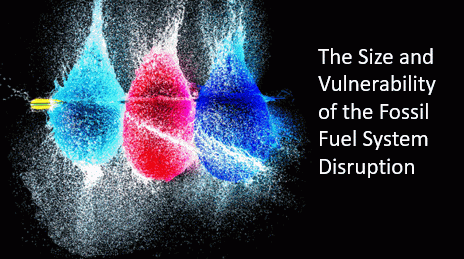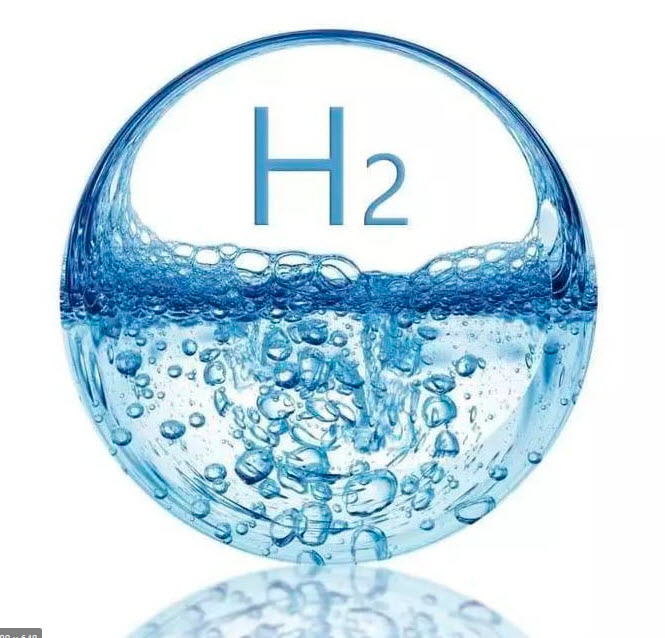
There are an awful lot of different Electrolyzers already in the market. The different parts of the industry will need to come together and establish some standards and common definitions and measurements to allow the focus to return to technology, resolving the basics of the Electrolyzer and bring it into a robust Industrial solution on a higher level of automation and scale.
I have referred to several technical documents offered by the Hydrogen Council, the Hydrogen Europe, and specifically, a white paper by Dr. Philipp Lettenmeir of Siemens called “Efficiency- Electrolysis,” written in January 2019.
So, getting into the different choices of Electrolyzer first, drawing from the different papers. Continue reading







 Something that will take thirty to forty years to turn from being ambitious and full of intent into realization is hard to relate too. Hydrogen is one of those promised solutions that can potentially allow us to achieve our “net-zero” carbon ambitions that have been “set in stone” (The Paris Agreement) dealing with greenhouse-gas-emissions mitigation, signed in 2016 that we need to achieve by 2050.
Something that will take thirty to forty years to turn from being ambitious and full of intent into realization is hard to relate too. Hydrogen is one of those promised solutions that can potentially allow us to achieve our “net-zero” carbon ambitions that have been “set in stone” (The Paris Agreement) dealing with greenhouse-gas-emissions mitigation, signed in 2016 that we need to achieve by 2050.